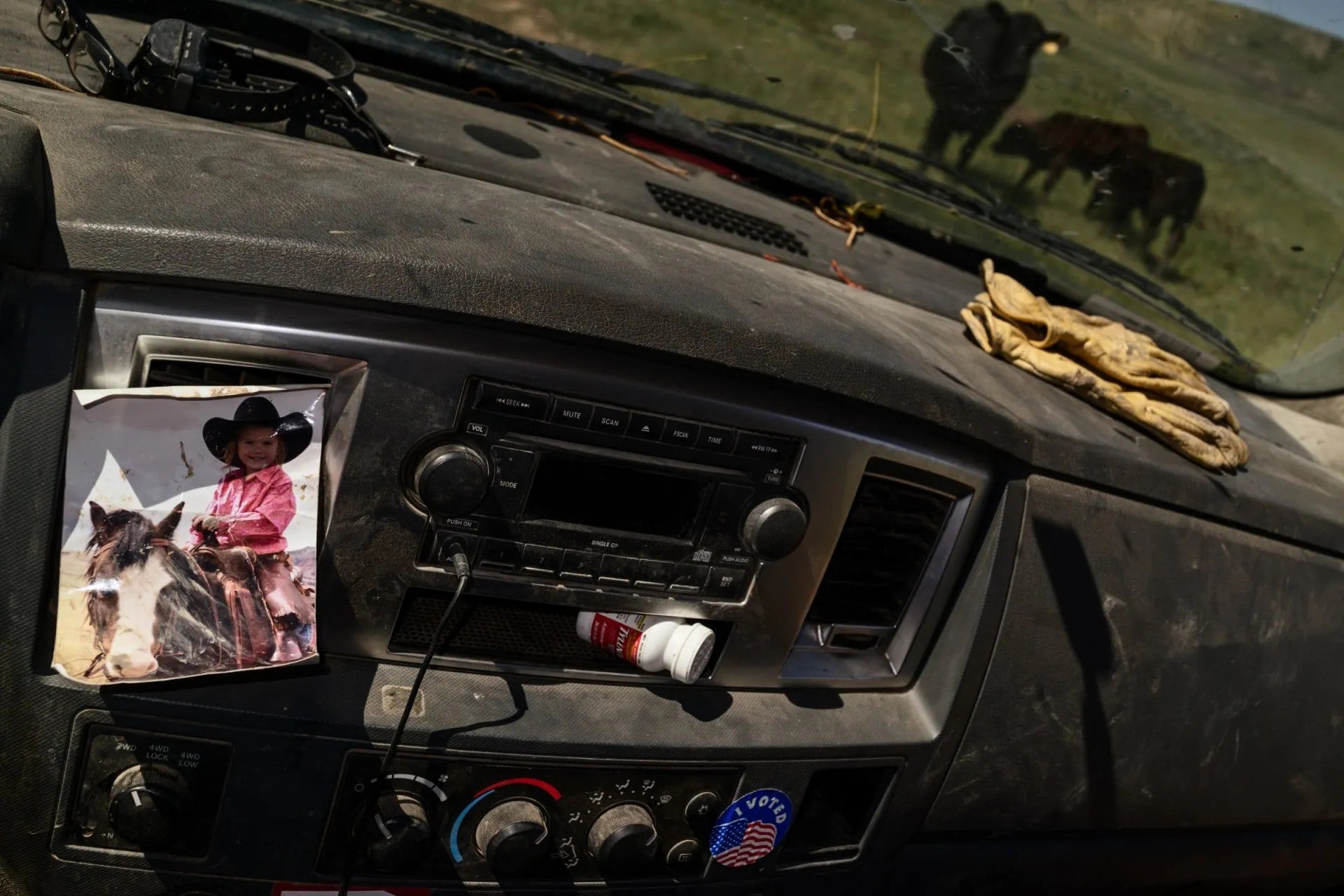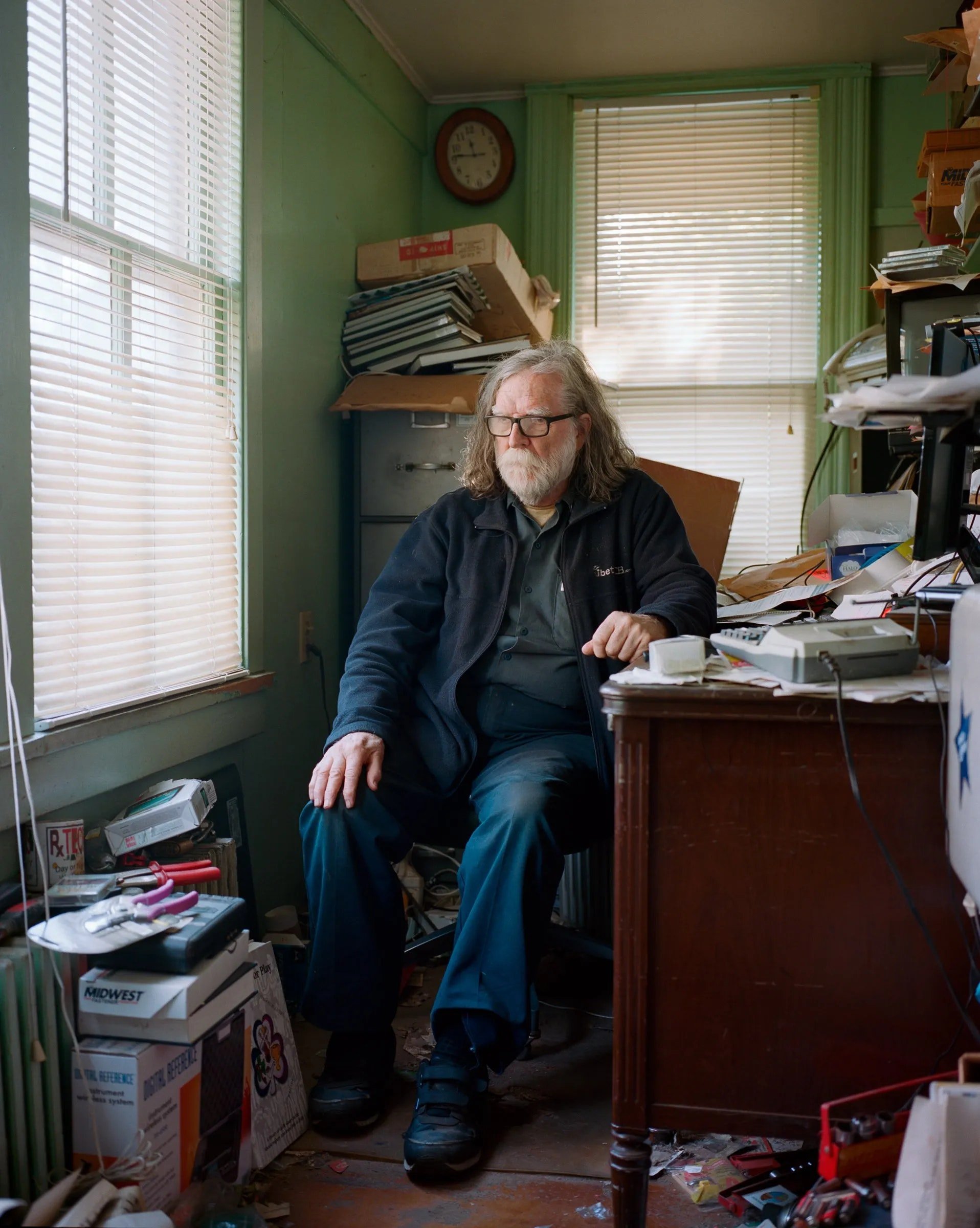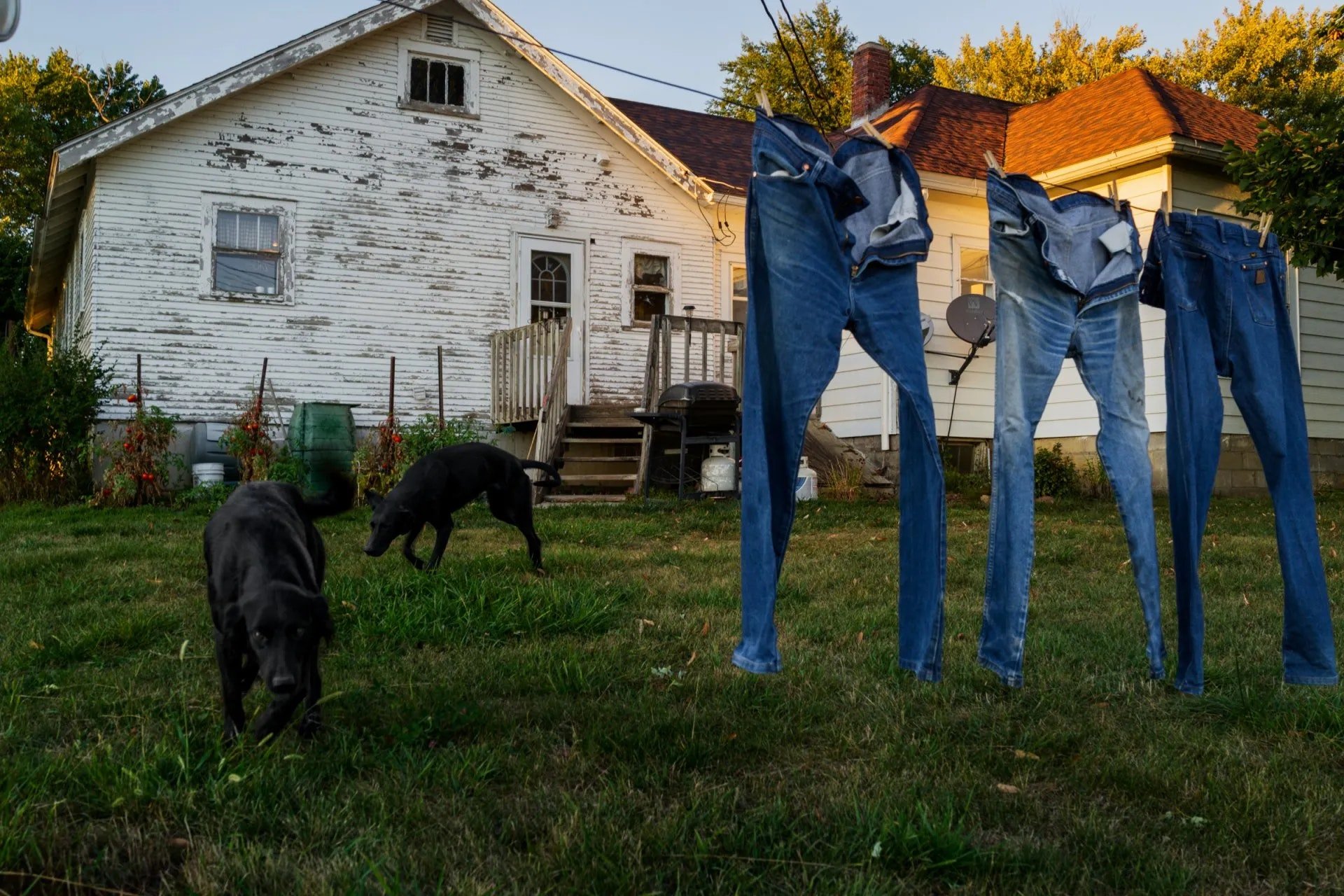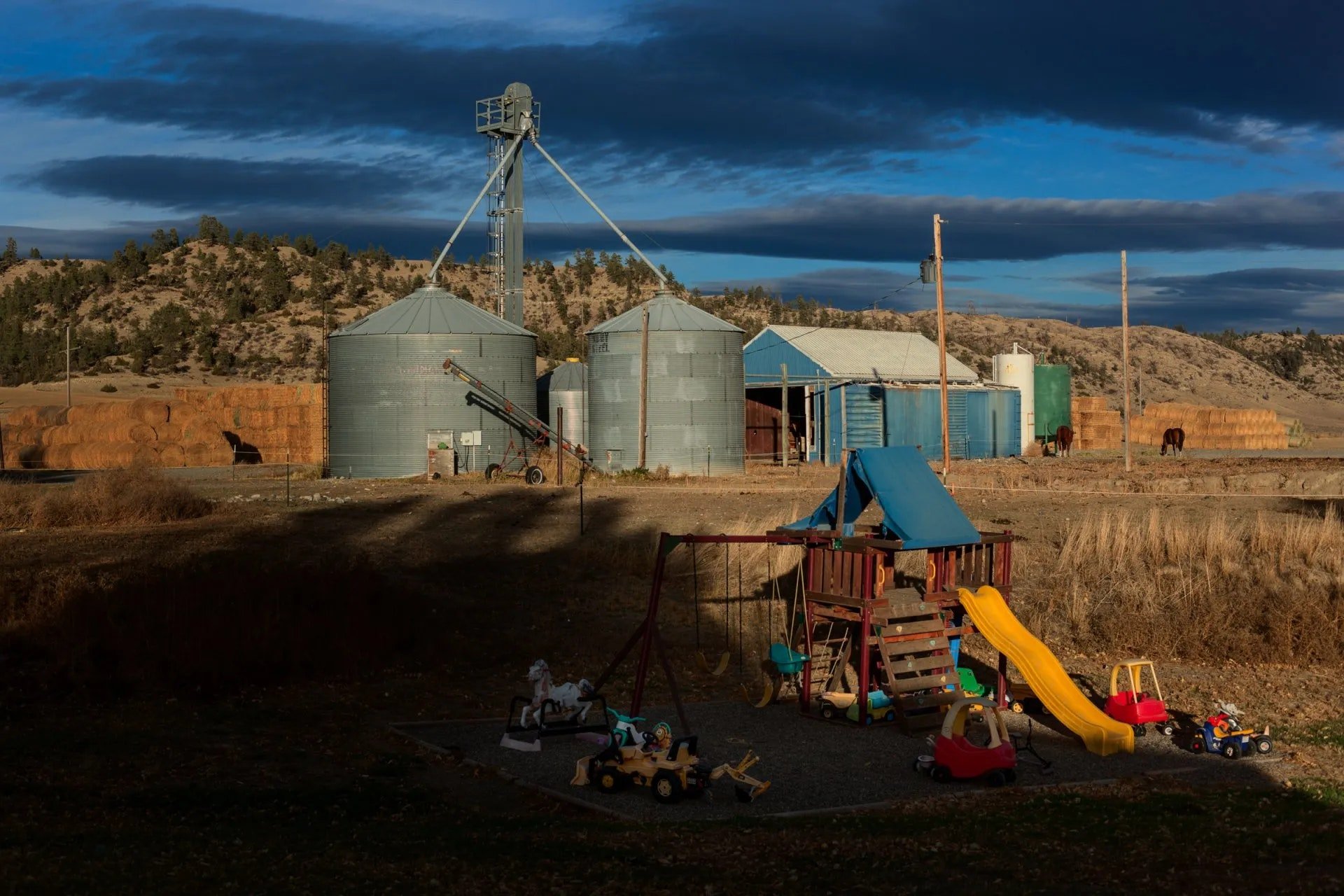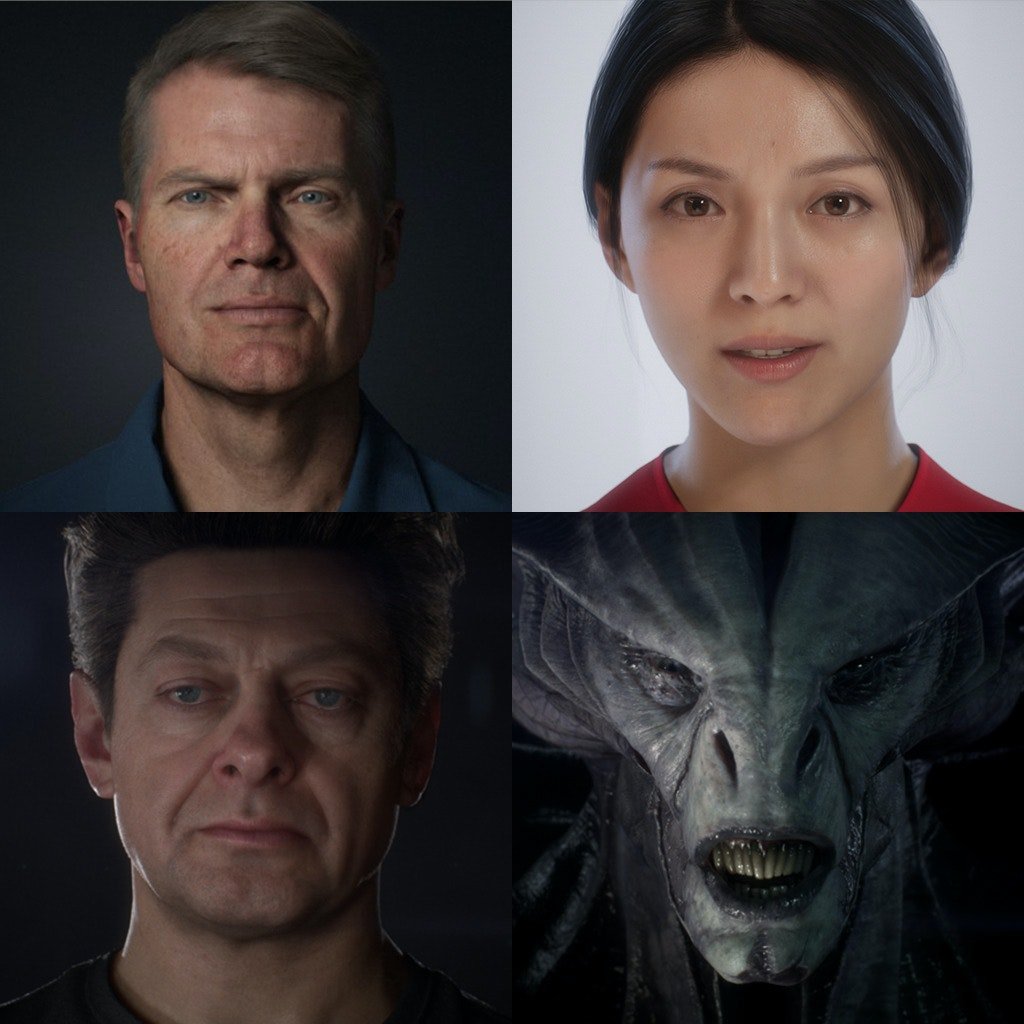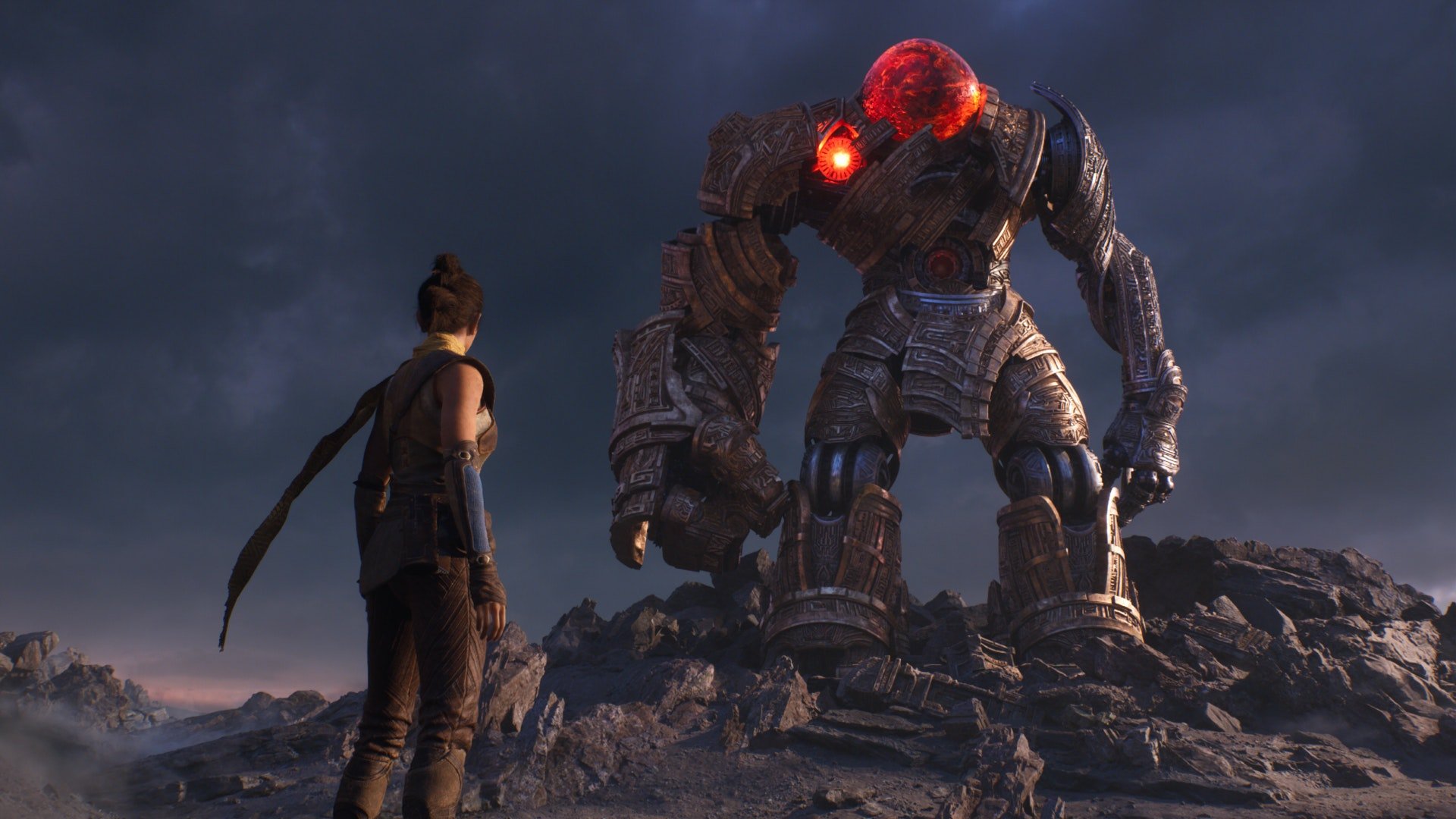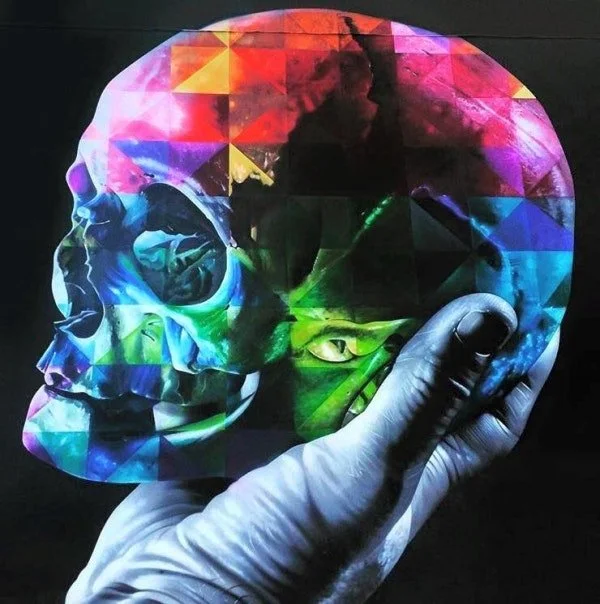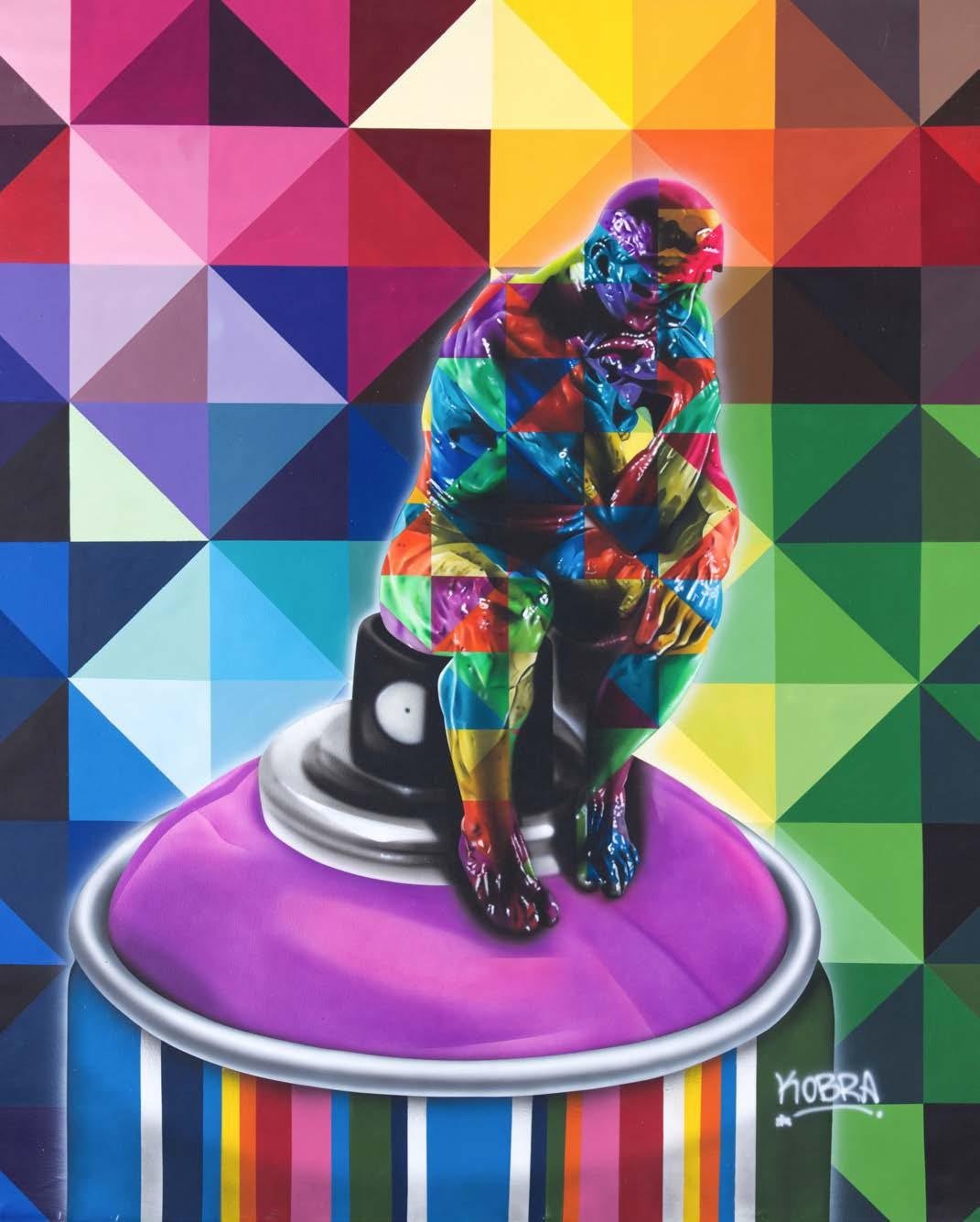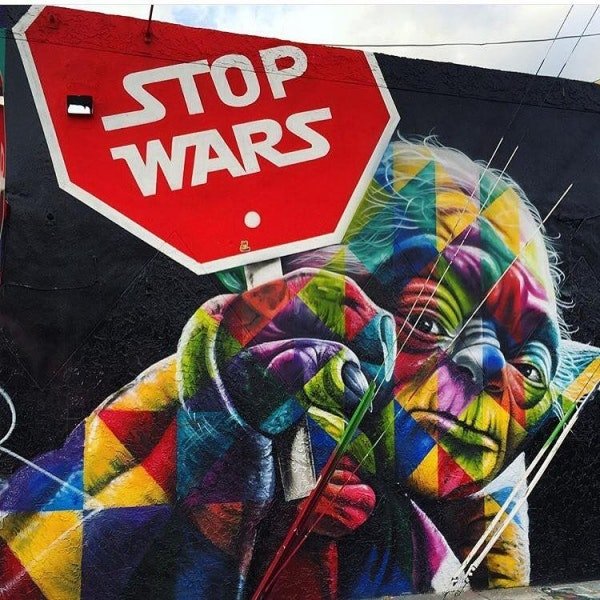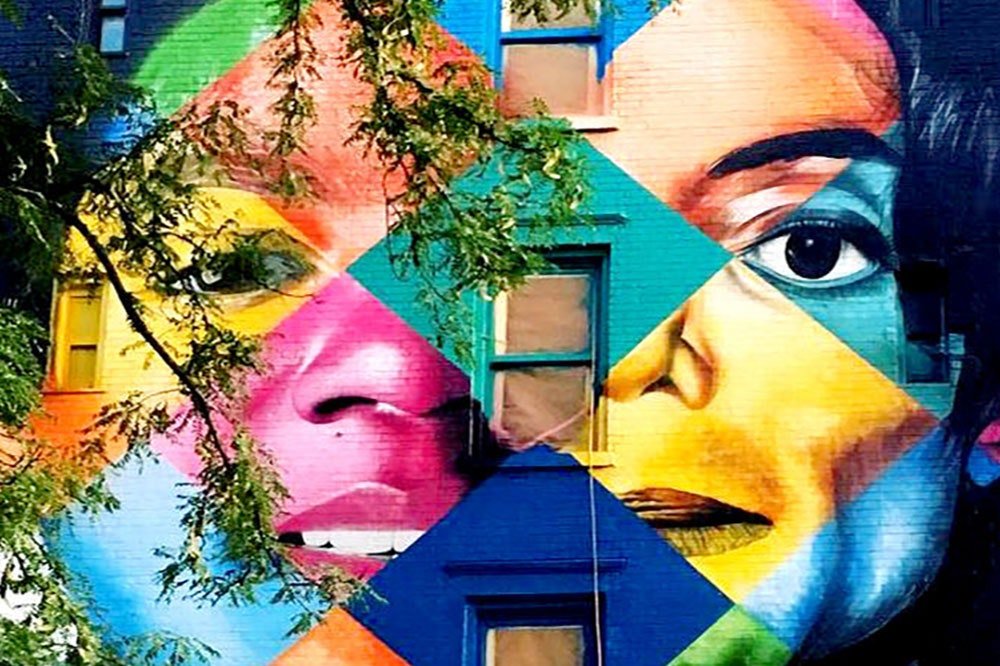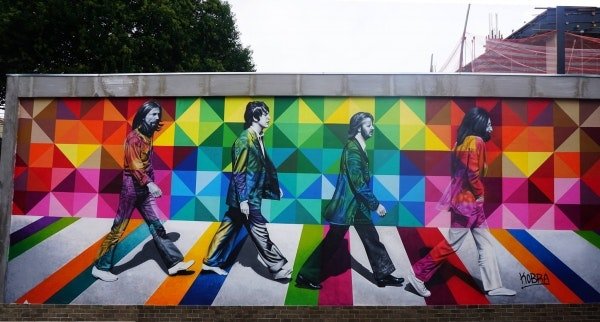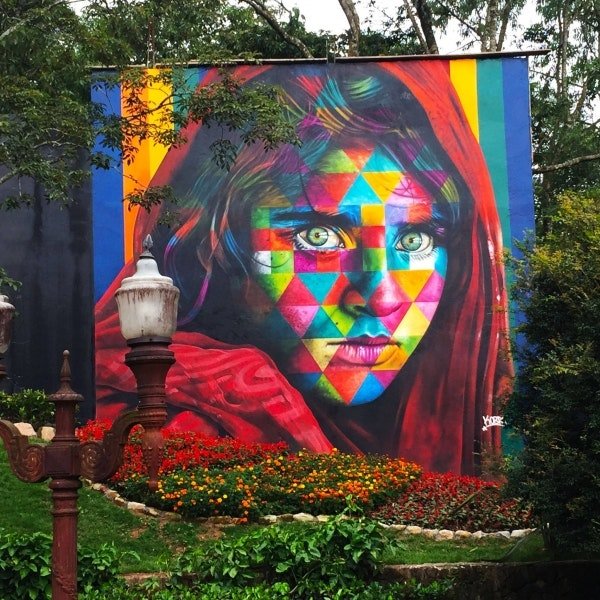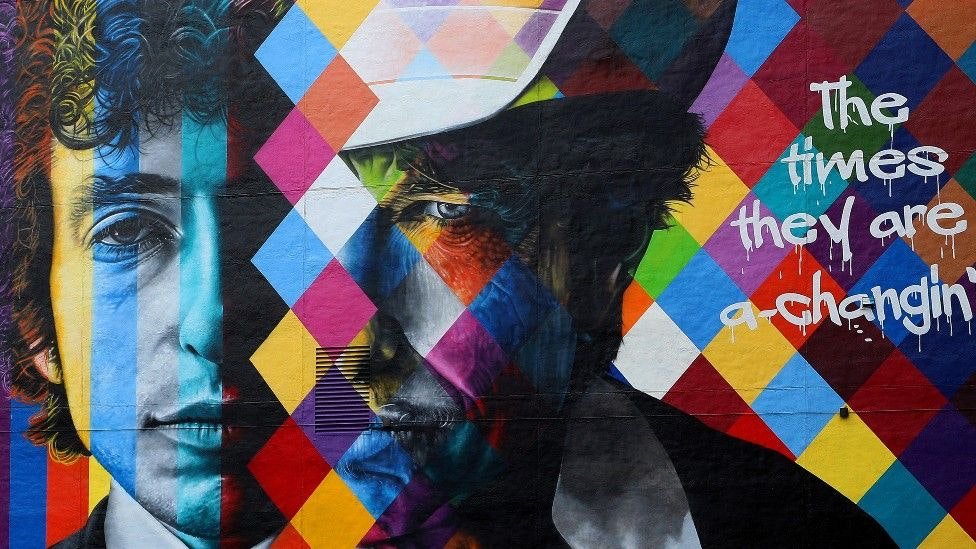On Understanding.
Photography by Richard Beaven
How does one understand other people?
How does one understand the world?
How does one understand oneself?
Photography by Richard Beaven
Understanding people.
How do you take a measure of a person? Is it possible to understand a person?
Here are some lines from literature that say it is difficult and may be impossible
“You get them wrong before you meet them, while you’re anticipating meeting them; you get them wrong while you’re with them; and then you go home to tell somebody else about the meeting and you get them all wrong again.
The fact remains that getting people right is not what living is all about anyway. It’s getting them wrong that is living, getting them wrong and wrong and wrong and then, on careful reconsideration, getting them wrong again. That’s how we know we’re alive: we’re wrong. Maybe the best thing would be to forget being right or wrong about people and just go along for the ride. But if you can do that — well, lucky you.”
From American Pastoral by Philip Roth
And let us say we get a person right which person of the many identities and moods of that person did we just get right?
“We cannot live with only one identity. We all have many identities, they are liquid”
Olga Tokarczuk. Polish Author and Nobel Prize Winner for Literature.
And as many writers state it is sometimes hard enough to know our selves.
“Sometimes you don’t know who you are till you put on a mask”
Alexander Chee in the Short Story “Girl” written in 2015
And do any of us want to be profiled and boxed and put into clusters? None of us wants to hear that somebody has our “number”. The poet TS Eliot best verbalizes this in a stanza from one of my favorite poems “The Love Song of Alfred J Prufrock”
And I have known the eyes already, known them all— The eyes that fix you in a formulated phrase,
And when I am formulated, sprawling on a pin,
When I am pinned and wriggling on the wall,
Then how should I begin to spit out all the butt-ends of my days and ways?
And how should I presume?
TS Eliot, “The Love Song of Alfred J Prufrock”
We do not want other people to impose their stories on our lives.
Photography by Richard Beaven
Understanding others.
Emotional Intelligence can help in understand our selves and others. It can bring meaning to an age of math and reduce the “algos” which in Latin means “pain” in the algorithmically tuned streams that colonize our minds.
In the book “Untangled: Guiding Teenage Girls through Seven transitions into Adulthood” is one of the best definitions of Emotional Intelligence I have come across:
“Seeing yourself from the outside and seeing others from the inside”
Empathy is another term we often use.
The deepest empathy maybe to understand that we can never completely really understand another person.
Photography by Richard Beaven
Understanding the world.
“We don’t see things as they are. We see them as we are” - Anonymous
In many ways what makes us “us”, in addition to our genetics and experiences, is what we put into our minds which include the books, movies, tv shows, music, social media streams, magazines and much more that we ingest as well as the people we meet and places we visit.
Today, the people we meet and the places we visit are very constrained and our portals to the world increasingly are screen based whether they be television, phone, tablet computer or Amazon Echo, Google Home and the ironically named Facebook Portal.
What are your portals to the world? And how do you make sure that you find ways to control them rather than have engagement and attention maximizing algorithms control them?
This is important because of the value we add and the way we make sense of the world incorporate three steps. 1) Curation. 2) Cogitation. 3) Communication.
Curation requires us to ingest a lot of information and then distill them down to parts we want to use and think about. We then cogitate and connect the dots and build a story, a thesis, and a point of view. We then find the best ways to communicate them.
But if the curation was not wide enough, deep enough, or mindful enough all the cogitating and communicating may have us following and promoting the wrong point of view.
Photography by Richard Beaven
Understanding through diversity.
To understand deeply one must explore widely:
a) Diversity of media types: The best thinking, ideas and expressions of people tend to span a spectrum of media types. Some people are comfortable expressing and sharing in long form writing like books or essays while others use music, film, or some other communication form. Spend time with the written word, film, interactive media, music and more. Today with the Internet there is no excuse not to look and learn far and wide.
b) Diversity of points of view: Incestuous inputs leads to still-born thinking. Unless one exposes oneself to different points of view one could end up being very surprised by the outside world. Look outside of our comfort zone, category, industry, or political and economic biases.
c) Diversity across time: History matters. Some folks like Ray Dalio of Bridgewater and many great investors and businesspeople are aware of and learn from patterns over time. The past is never the past but beats like a second heart inside each of us and within the DNA of any expertise, industry, or art form.
d) Diversity of people: Different people both provide support and push back on one’s perspectives and thinking and the cross-fertilization of ideas benefits from having different people interact. Companies and cultures that have melded the talents of different types have tended to do better than those that have not.
Photography by Richard Beaven
Understanding oneself.
A person in a different mood is sometimes more different than two different people.
Does a person stay the same or change over time?
Some of the best writing is about internal journeys of understanding and change over time.
Here from a variety of writers are some perspectives on understanding oneself:
“It’s not that we want to find who we are but exploring as to what we can be”
“But is the self we are always looking for or trying to escape”
“We are often trying on other lives… after all this is America where you can swap out the parts of yourselves that do not work”
“She was not what she had been”
Every person is an act of creation.
Re-inventing, re-imagining, and practicing a daily resurrection.
Maybe that is all one needs to understand.
Photography by Richard Beaven (a long time colleague and now a world class photographer among other things)
Photography by Richard Beaven
Omnipresence! Omniverse!
Art rendered using Unreal Engine 5.
Omnipresence: The fact of being present or having an effect everywhere at the same time. (Cambridge Dictionary)
In The First Connected Age that began in 1993 with the World Wide Web we connected to discover and connected to transact which we now call Search and E-Commerce.
In 2007 building on what had gone before we entered The Second Connected Age where we connected to everybody, and we connected all the time which we now call Social and Mobile.
As the mobile device has become the key portal even these terms of E-commerce, Search, Mobile and Social have dissolved into goo. If you buy a product while watching a video on Tik-Tok that played after a search for a product or person is that mobile or social or search or e-commerce?
It’s all of them mixed up into a goo.
The era of Digital Leakage.
As we move forward in The Third Connected Age powered by data connecting to data (AI), much faster and persistent connections (5G), new ways of connecting (Voice/AR/VR) and new trust connections (Blockchain) we will enter an era of Omnipresence.
We will not just grapple with cross-media and omni-channel but need to figure and how to live, market and engage in a world of Omnipresence.
And Omniverses.
Art rendered using Unreal Engine 5.
Omnipresence and Communication Technology.
Starting from the printing press, communication technology has allowed individuals and ideas to be scaled across distance and time.
First there were newspaper and books that allowed people to project ideas primarily with words.
Photography allowed us to project image and photographs in magazines to scale those projections.
Radio and the phonograph allowed the projection of not just words but also sound.
Movies and television enabled a projection of a replica of life first in black and white and then color and then in high definition.
Search enabled us to find what we were looking for and e-commerce projected stores and bazaars into our home and let us be stores and bazaars of our own.
Social and mobile allowed us to project ourselves in all sorts of ways to everybody we wanted to at little to no cost. We could add filters and aliases and become many people and project many looks and feels.
The state of the art of all these technologies consolidated in the Gaming Industry which is bigger than the television, music, and movie industries and where individuals spend over 100 billion dollars a year to arm, dress and equip their characters and alter egos in increasingly realistic worlds.
There is a reason the 3D computer graphics game engine developed first in 1998 from Epic is called “The Unreal Engine”. We are now in the fifth version of Unreal Engine and to see its power watch this short medley of 20 renditions by AMATEURS using HOME PC’s
Impressed?
We have not seen anything yet as we take a quantum leap ahead in the next 1000 days (yes less than 3 years) driven by the technologies of The Third Connected Age.
We will be able create “multiple” versions of ourselves or edit and change elements, characters and scenes in audio and video.
Here are some “humans” and another character created with Unreal Engine.
Art rendered using Unreal Engine 5.
We will take shape and conjure up ourselves as many avatars with many voices.
We can live in the physical world, overlay data and filters into the physical world with AR or create a simulacrum of increasingly realistic worlds using Virtual Reality.
All of us who want to do so will be able to do so.
Easily and cost-effectively.
We will become omnipresent.
And will integrate a spectrum of physical, digital and virtual ways of living to create customized omniverses.
Art rendered using Unreal Engine 5.
Omnipresence and Humans.
Many of you might be skeptical that even if the technology progress so rapidly will anybody but a small minority of people leverage these technologies to become omnipresent.
A guess is most of us will for three reasons.
First, Humans want to have God-Like power.
The companies that enable us to cross distance and time such as Google which allows us to find anything with Search or visit places with Google Earth, or Apple that allows us to connect everywhere projecting our images and videos or Meta that enables us to connect for free or Amazon that brings the worlds bazaars to us have become the most valuable companies in the world.
At one time it was the railroad companies and oil companies and telephone companies that allowed us bridge distance and time. Pharmaceutical and medical companies allow us to live longer lives.
These new Third Connected Age technologies will give us amazing powers and we will gravitate towards them just as we have in the past.
Second, they allow of us have multiple identities.
Our minds are imagination machines, and it has far outstripped the physical carrier of our bodies. Avatars and virtual worlds allow us to be a range of us and constantly re-invent and try on new lives and live in multiple worlds.
Third, we are about to see the greatest unleashing of human creativity as more and more people have access to new ways to express themselves, to project and share themselves and to monetize their work.
Today DALL. · E 2 (named after Salvador Dali and Pixar’s Wall-E) a new AI system that can create realistic images and art from a description in natural language. Yes type in words and art and images is rendered. Watch this for what is possible:
The future of the Internet will be increasingly owned by creators and people who consume their creation (Web 3), with new operating systems that span the physical and digital worlds (AR/VR =Metaverse), orchestrated using new trust currencies (tokens) and operated in increasingly new collaborative approaches (Decentralized Autonomous Organizations) all turbocharged with AI.
This future is being developed by millions of talented people with hundreds of billions of dollars of investment from VC’s, Private Equity, and juggernauts like Google (big on Voice and AR), Meta (VR), Apple and Microsoft (Voice, AR, and VR) and so do not be distracted by the up and down prices of cryptos or NFT’s.
In 2001 the Nasdaq crashed but broadband penetration began to take quantum jumps.
The rest is history.
It’s that time again.
Art rendered using Unreal Engine 5.
Omnipresence and Marketing.
Marketers have had to grapple with digital leakage blurring the boundaries between the ways they were organized.
In 2022 why are some companies still organized by above or below the line, analog or digital, social, mobile, e-commerce or search?
Digital is hydrochloric acid that burns through the barriers of the containers of the past and omni-channel behavior versus different channels is how advanced marketers are organized reflecting the polygamous shopping and return behavior and expectations of people.
As more and more people search with Voice (in India more voice searches than text searches) and modern devices become so small that voice will be the only interface every smart marketer needs to ensure that they can provide services and expand their brand presence to the world of voice.
And as gaming and meta-verses (AR/VR) become increasingly powerful and utilized by more and more people, companies need to ensure their Brands, their sponsorships (Music acts have really begun to scale in the metaverse), Out of Home, customer service and other marketing investments need to factor in omnipresence.
There is a very good possibility that wallets that hold tokens today will become the new forms of identity and log-in replacing email and Facebook and Apple log-ins.
NFT’s and other tokens (defi, governance etc.) will not just be about art but their underlying capabilities of currency, membership, status and governance will be the building the blocks of the next generation of Customer Relationship Management (think of airline miles 2.0).
It maybe early today but analog organizations take a lot of time to adapt to the pace of digital technology which is leaping ahead so getting started early to adapt, learn, and prepare makes sense. Every person in a company particularly senior decision makers need to be familiar to both understand the challenges but also begin to understand the possibilities so they can time their investments correctly. (In the near term do not to imagine that any of this will have business impact or not be filled with mistakes).
This is the time to measure ROL not ROI.
Return on Learning and not Return on Investment.
Learn, make mistakes, build partnerships, identify opportunities today versus three years from now.
Companies that moved early with aggressive senior management attention came to benefit greatly in The First and The Second Connected Ages.
Art rendered using Unreal Engine 5.
Omnipresence and Society.
Mobile, Social, Search and E-Commerce have the changed the contours of society in ways good and bad but the positives have been greater than the negatives.
Without a doubt from a breakdown in trust, increased polarization, inequality and challenges to mental health particularly of younger people have been significant and need to be addressed but few people would give up the magical powers of the last two decades of advances.
In anticipation of the potential downsides which will be surely many it will be important that industry, government and society in general anticipate, monitor and find ways to minimize the risks while retaining the benefits.
Omnipresence and Work.
Work, workplaces, and workers are likely to change significantly in the next five to ten years.
Covid-19 underlined that while some in-person interaction can help relationships, learning and meaning of work the days of four or five days in an office are likely to be limited to dentists and hardware engineers.
The momentum of melding in-person and distributed work will allow companies to attract and retain world class and diverse talent while managing their costs and it will allow talent to pursue multiple opportunities and optimizing a mix of work and non-work life to shifting needs and conditions.
Regardless of their occasional limitations distributed work today is enabled by mobile and computing technology and software like Teams, Zoom, and Slack.
Augmented Reality will enable workers to be more productive and powerful and Virtual Reality in time (again see the progress in Unreal Engine over the years) will create new workplaces and interaction opportunities.
Today Facebook with Horizon Work (Oculus Quest 2) headsets is taking the first steps in the area and a range of companies including Accenture which uses the term Extended Reality to describe the blend of physical and virtual reality are beginning to on-board new employee in part using the new technologies (Nth Floor).
But while these may get the news it’s nothing compared to the range of what is possible for business, graphics, design and manufacturing. Go to Nvidia’s Omniverse and click on the solution tab to see the range of what business is doing today!
Omnipresence is here and will grow enabled by breakthrough technologies, alignment with human needs and desires, the creative genius of millions and an increase in business and workplace solutions.
It’s time to be present for Omnipresence and be awake to the possibilities of the Omniverse!
Culture.
It has been written that culture eats strategy for breakfast and that culture is a great differentiator among companies.
If you query Google on “What is a good company culture?” you will get billions of results (6, 250,000,000!) and if you clicked on the links of the results on the first page you would have a list of over 100 different keys to culture.
Purpose, values, mission, respect, freedom, quality of leadership, great compensation, high growth, flexibility, diversity, multi-stakeholder capitalism and on and on the list goes.
Today as firms struggle with attracting and retaining workers they worry about culture.
A reason to get people back to the office is to make sure that there is no loss of “culture”.
But what exactly makes for a good company culture?
Study firm after firm and analysis after analysis and if one looks carefully there are four keys to culture.
A commitment to excellence.
A growth mindset.
Clarity of communication.
Connectedness.
Photography by Whitney Lewis- Smith
A Commitment to excellence.
Successful companies are committed to excelling in three areas above all:
a) Superior products and services.
b) Industry beating financial results on an enduring basis.
c) World class talent.
These three are both inputs and outcomes of superior cultures and deeply interconnected.
Great people often create superior products and services that delight clients and customers driving amazing financial results.
Superior financial results allow one to create benefit packages that hire the best people and create great products and services.
Excellent products and services, success in attracting world class talent and financial results are what defines every leading company that make the list of companies that are the best places to work for or are known for their culture.
A focus on excellence makes for excellent cultures and not the other way around.
Photography by Whitney Lewis- Smith
A Growth Mindset.
One of the key reasons that Microsoft came out of a decade long slumber in the five years that Satya Nadella took over as CEO was his insistence that the company evolve from “a know-it-all mindset” to a “growth mindset” inspired by Carol Dweck’s book “Growth Mindset”
The keys to a growth mindset are a focus on setting goals and learning by adapting from setbacks and progress towards the goals, working to improve oneself versus blaming others, a focus on the outside and not just the inside (e.g., stop looking at the world through “Windows”).
Companies that invest in education, learning and continuous improvement tend to rapidly iterate and adapt to market conditions.
To grow a company, one must grow minds.
Growth of skill sets, and future career potential are also key to attracting and retaining talent.
Photography by Whitney Lewis- Smith
Clarity of Communication.
Companies that thrive ensure that their employees, customers and in some cases other stakeholders are constantly aware and apprised of the answer to three questions:
a) Where are we going? This is ensuring that everyone understands the strategy and vision of the company.
b) What just happened? Transparency about both good and bad happenings so that people feel fully informed of the current situation.
c) What now? Gossip and rumor love a vacuum and more information even if it is “we are figuring it out” ensures that people are as informed as possible.
Trust is at the heart of many cultures, but trust is earned by clearness of intent and transparency.
Intent is being clear of what the company, team or individual is trying to do, and transparency is explaining how one is trying to do the thing.
This way people can question and interrogate or disagree and therefore improve what one is trying to do or by knowing how one is trying to achieve the outcome individuals can suggest ways to do it better.
If one does not share intention or fail to be transparent about the path to achieving the intention, people may become suspicious or feel disrespected about not being informed or asked for input.
Photography by Whitney Lewis- Smith
Connectedness.
In great company cultures one finds connectedness.
Connectedness of collaboration between units and teams: This is usually achieved by constant communication of what each unit does and trying to find common language, creating opportunities to build relationships and importantly incentive systems that reward how a team or country do versus an individual or unit.
Connectedness to reality/facts/truth: Great companies can run into trouble when people fail to call out the “turd on the table”, deliver bad news quickly and get people to recognize shifts in industry dynamics and trends. When “a way” or “if you speak up you will be punished” environments cause companies to miss warning signals both due to integrity issues or new competition or dis-satisfied clients.
Connectedness to something greater than the company: Some call this purpose or a belief in multi-stakeholder capitalism or ESG. The key is that companies cannot succeed in the long run without profits but also profits are not enough and everything from a dedication to the long-term well-being of their community and the ups and downs of life and talent matter.
Connectedness is not just about getting along but diversity of voices and not just faces, connecting multiple goals and combining skill sets.
Photography by Whitney Lewis- Smith
Excellence. Growth mindset. Clarity of communication. Connectedness.
You do not have to run a unit or a group or a company to have an impact on its culture.
Even if your team is just you and two other folks you can improve your micro-culture by focusing on excellence, learning, communication, and connection.
And your firm is nothing, but a re-aggregation of the micro-cultures so why not drive your company culture by upgrading the culture you have an influence on?
After all the future comes from the slime and not the heavens.
Decisions!
At work and in life we are called upon to make many decisions.
Here are some thoughts on the topic.
“The difficulty in life is the choice”
The author George Moore used this phrase to describe the challenges of making a demanding decision.
Certain big choices can define a person’s character or destroy everything they stand for. The choice can lead to a life of happiness or the fall of an individual.
Similarly in business companies often find themselves in a “bet the farm” decision that could determine the trajectory of their future success.
Many decisions are difficult.
Even sometimes what seem to be inconsequential ones.
The Paradox of Choice
In 2005 Barry Schwartz wrote a seminal book called “The Paradox of Choice “whose basic insight was that industry is built on giving us more choices, but people want fewer choices.
More choices freeze people in being unable to decide what they should choose. Then after they choose, they wonder whether the other choice was better. Or they are often asked to choose without having the ability to make the right decision (like a doctor providing the risks and benefits of two or three different treatments and then instead of deciding which one makes sense delegating the decision to the patient).
If you have 15 minutes watch this seminal talk (or read the transcript) by Barry Schwartz at TED. It holds true nearly 20 years later as we have many more choices.
All financial decisions if perfection is the goal are always very wrong.
In hindsight every financial choice one makes will prove to be in some range of wrong.
A stock should not have been sold so early or why did not one sell it as soon as it went into decline? Why did we buy so little or why did we buy so much?
Time will reveal every allocation between different asset classes was far less than optimum. Either one was too diversified or too concentrated.
From deciding to buy a home, to locking in an interest rate time will prove us that all of us were wrong if perfection or optimization was the goal.
Instead of goals of profit maximization, perfect mix and zero regret it may make more sense to aim for “enough”, “do not risk going broke” and remembering that money is what gives us options in life but is not life itself.
If only we had made a different choice!
In “Summer Storm” a short poem by Dana Gioia the protagonist recalls a meeting two decades ago at a wedding reception with someone they connected with for a few minutes and never saw again.
Why does that evening’s memory
Return with this night’s storm —
A party twenty years ago,
Its disappointments warm?
There are so many might have beens,
What ifs that won’t stay buried,
Other cities, other jobs,
Strangers we might have married.
And memory insists on pining
For places it never went,
As if life would be happier
Just by being different.
Imaginary Choices.
Moments in time that we believe were decision points but really are nothing but moments in our memory that are decisive and reverberate for the rest of our lives like …that girl in the white dress in Citizen Kane…
The Speed of Choice: High Tea or Espresso Coffee?
There are two styles of decision-making High Tea and Espresso Coffee.
Most companies and people utilize both styles depending on the situation.
The High Tea style of decision making is one of percolation and process. It takes time and many people are involved, and it goes up and down an organization.
The Espresso Coffee style is fast and focused with a bias for action.
Depending on what is being decided, the financial implication of a right or wrong decision and the ability to change one’s mind should determine which beverage preparation style is being used.
Decisions of strategy that will impact many people and cost a lot and be hard to walk back probably needs some High Tea approach. Decisions that are not interconnected to large parts of the organization, cost a little, can be stopped or reversed quickly should probably be espresso style.
Too many organizations unfortunately treat espresso decisions as high tea decisions.
Oddly as the world accelerates, we often see a great percolation where too many decisions are being group groped and slow marched.
What is fascinating is that so many small decisions are requiring so much time and people input that the human and time capital spent in evaluating the decision is many multiples of the cost or the risk of the decision being taken.
Let’s pick the right beverage style makes sense when deciding to decide.
Time Passages
Photography by Teruyasu Kitayama
How we spend our days is, of course, how we spend our lives wrote Anne Dillard.
Tell me, what is it you plan to do with your one wild and precious life? asked Mary Oliver
Life is a journey through reality and time in search of meaning.
Photography by Teruyasu Kitayama
Time as an edge.
Successful firms and people use time as an edge.
“If everything you do needs to work on a three-year time horizon, then you’re competing against a lot of people, but if you’re willing to invest on a seven-year time horizon, you’re now competing against a fraction of those people, because very few companies are willing to do that. Just lengthening the time horizon, you can engage in endeavors that you could never otherwise pursue. At Amazon we like things to work in five to seven years. We’re willing to plant seeds, let them grow—and we’re very stubborn. We say we’re stubborn on vision and flexible on details” Jeff Bezos
Three behaviors/beliefs that are common to most successful individuals and firms:
The Power of Compound Interest/Compound Improvement: The most powerful concept in gaining wealth or knowledge is continuous growth over a sustained time.
See early what others see late: Almost every successful person or company recognized a trend when it was a little stream rather than a gushing river and then committed to align with it.
Persistence: They just keep on going through adversity and setback and they remember Queen Elizabeth the First who said “Time dissolves more problems than man solves”
Photography by Teruyasu Kitayama
Time and Productivity
Five ways to make time productive.
1. Eliminate: Many people recognizing the limitations of time tend to try to do as much as possible. They multi-task and run around in a frenzy. Usually all they achieve is more multi-tasking and more frenzy. Doing more stuff is not the same as achievement. Activity is not productivity. Showing how busy you are does not show how important you are.
2. Focus: The key to doing less is to focus. Two key filters
a) Comparative Advantage: Spend your time doing things that you can do better than most people. Some focus areas are easy like being a spouse or a parent, since you should be able to do this better than other folks. However, for many of the errands you run and the assignments you take on at work, it is important to ask if you can outsource or delegate or find a colleague who is better than you.
b) Positive Outcome: Where you can choose you should only do things which give you a positive outcome. Either you 1) earn a financial reward, 2) learn something new, 3) help someone else or the team get better or 4) experience feels good. If it is not one of those four outcomes and it is avoidable, why are you doing it?
3. Scale: You can scale yourself and your impact and therefore save time. Two ways to do this is to use “leverage” and “momentum”.
Much of what we do as white-collar workers is to listen, think, create, communicate and sell. Basically with a few exceptions our success is based on how we are as communicators and sellers of ideas and points of view in building and motivating people and teams.
a) Leverage: Today technology and scheduling allow people to leverage. You can use social media, good writing and speaking skills to reach many people that you need to communicate and sell your thinking to. You are not limited to small meetings and groups. You can decide if you are senior to gather folks at the right conference or meeting versus repeating yourself again and again.
b) Momentum: The trend is your friend. To not waste your time, you need to understand the underlying trend that is driving your firm or your business and, in most cases, align with it. The world is going global. The world is going digital. Every company has a built in DNA. If you are going to go against the flow prepare for much loss of time and grief.
4. Do new things: The essence of life is new experiences. Often what we remember, and which gives time certain elongation and depth are new experiences. These do not just have to be travels or new relationships and new jobs but could be as simple as walking down a new street, eating at a new place and going to a new cultural event. If there is a way to tattoo the moment into your memory you should try too.
5. Give you time to others: One of the best ways to use your time is to use it not on yourself but on others. Nothing is as rewarding as helping other people, mentoring younger people, and forgetting about yourself in your time equation.
And in the end, it is the time that you do not measure that is the most meaningful and possibly productive of all.
Photography by Teruyasu Kitayama
Time and Success
A definition of success is the ability to spend time the way you want to spend it or gives you joy.
To be free to use your time to pay attention to what matters and what matters to you.
Or as the late David Foster Wallace said in his mind shifting talk This is Water:
“The important kind of freedom involves attention and awareness and discipline and being able truly to care about other people and to sacrifice for them over and over in myriad petty, unsexy ways every day. That is real freedom. That is being educated and understanding how to think. The alternative is unconsciousness, the default setting, the rat race, the constant gnawing sense of having had, and lost, some infinite thing.”
Photography by Teruyasu Kitayama
Time and loss.
If there are three realities to life they are learning, love and loss. Not everybody succeeds at learning or love, but everybody gets a graduate degree in loss and a doctorate when people very close die.
Joan Didion wrote two books on the loss of her husband “The Year of Magical Thinking” and her daughter “Blue Nights” which are read by many dealing with loss.
She wrote of the fragility of life noting that her husband died while eating dinner: “Life changes fast. Life changes in the instant. You sit down to dinner and life as you know it ends” and the loneliness afterwards: “A single person is missing for you, and the whole world is empty.”
And as time moves forward and people, places and hopes come and go people are shaped by what is no more.
“We are imperfect mortal beings, aware of that mortality even as we push it away, failed by our very complication, so wired that when we mourn our losses we also mourn, for better or for worse, ourselves. As we were. As we are no longer. As we will one day is not at all”
But in the end Didion notes we go on by forging new stories and finding new places and begin forgetting.
“We forget all too soon the things we thought we could never forget. We forget the loves and the betrayals alike, forget what we whispered and what we screamed, forget who we were.”
But one must forge ahead…
“Do not whine...Do not complain. Work harder. Spend more time alone.”
And to college graduates a few years ago she made the case for living deeply…
“I’m not telling you to make the world better, because I don’t think that progress is necessarily part of the package. I’m just telling you to live in it. Not just to endure it, not just to suffer it, not just to pass through it, but to live in it. To look at it. To try to get the picture. To live recklessly. To take chances. To make your own work and take pride in it. To seize the moment. And if you ask me why you should bother to do that, I could tell you that the grave’s a fine and private place, but none I think do there embrace. Nor do they sing there, or write, or argue, or see the tidal bore on the Amazon, or touch their children. And that’s what there is to do and get it while you can and good luck at it.”
Photography by Teruyasu Kitayama
Time and Life
Franz Kafka wrote “The meaning of life is that it stops”
And most of us can calculate the robust and healthy days left if we are lucky by subtracting our age from 80 (around which much begins to go wrong physically and sometimes also one may see a diminishment in mental faculties leading to a much more constrained life) and multiplying it by 365 days.
If you are 60 you have less than 7500 days. If you are 40 you have 15,000 days.
So, when someone asks you to do things without some form of fair compensation (it does not have to be money but could be learning, experience or the joy of helping) or does not respect your time, do remember you are the one paying for their dis-respect and their cheap valuation of your life!
Photography by Teruyasu Kitayama
Time and “ordinary day”.
In the future the ritual of the ordinary day will be special, just as we have come to realize after months of a new way of living that the simple pleasures of free movement, meeting friends, sitting in a crowded bar, and watching a sports game were so special.
Life does not have to be lived forward and understood backward if we decide to pay attention.
Be aware of the fading moments of now.
Look around you. Watch the special quality of light or listen to the hiss of the air duct. Treasure the conversations and even the repetition and lack of differentiation of day after day.
Because one day it will not be so…
In memory of an advertising great, a Chicagoan, a friend to many, a husband and father of seven, Sean Finnegan who passed away suddenly and much too soon on Friday evening.
